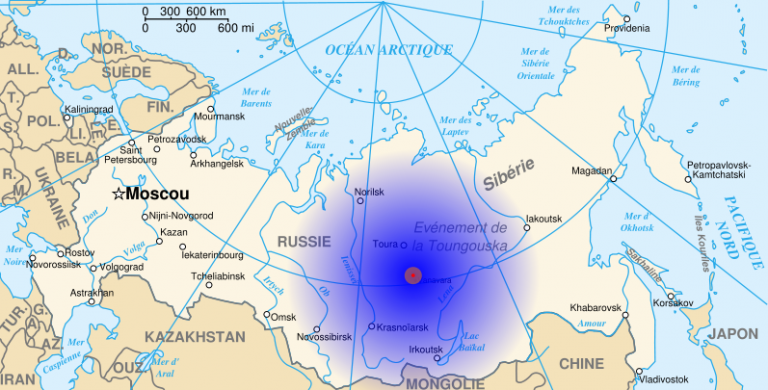More than a century ago, something exploded in the sky above Siberia, breaking windows and creating a shining ball of light – but was it a meteor impact?
A new Russian study suggests a very strange alternative.
The Tunguska event, in 1908, is described as the largest impact event in recorded history, destroying 80 million trees over an area of 800 square miles in the Siberian forest.
But mysteriously, no impact crater was ever found, even though there are fragments of rock that could be meteoric in origin, Science Alert reported.
Researchers have suggested that nothing actually hit the ground at all, and instead, a large iron asteroid flew through Earth’s atmosphere before flying off into space.
The team, led by Daniil Khrenikov, wrote: “We have studied the conditions of through passage of asteroids with diameters of 200, 100, and 50 meters, consisting of three types of materials – iron, stone, and water ice, across the Earth’s atmosphere”.
Flower full moon 2020: How to watch the final supermoon of the year this week
The researchers said it’s possible that an iron asteroid could have passed through Earth’s atmosphere and continued into space.
They wrote: “The conditions of this passage with a subsequent exit into outer space with the preservation of a substantial fraction of the initial mass have been found.
Read more: yahoo
Ask me anything
Explore related questions





